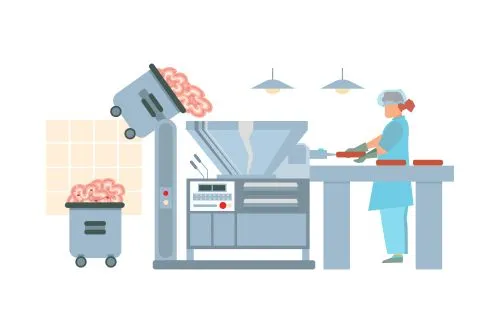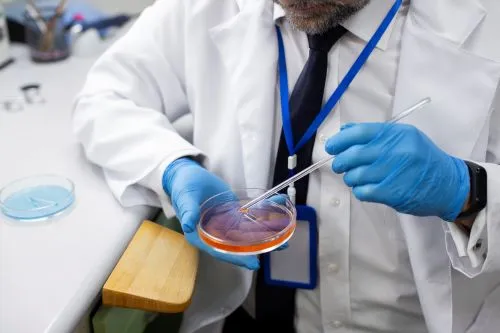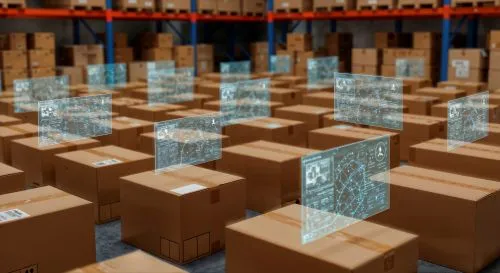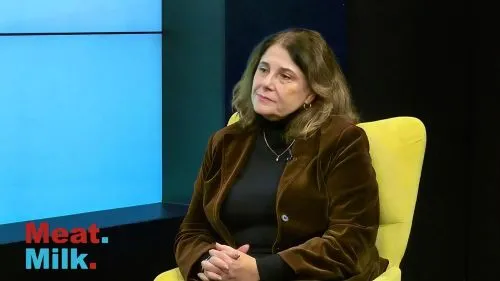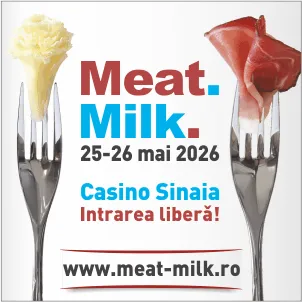622
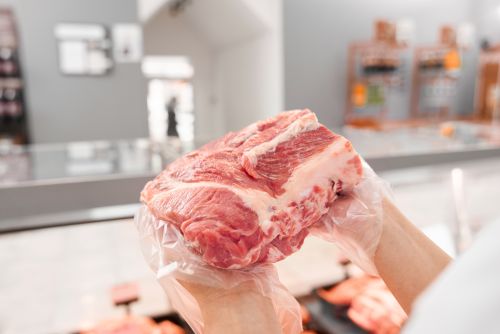
Romania’s meat industry operates under strict regulations on quality control and food safety, enforced by both the National Sanitary Veterinary and Food Safety Authority (ANSVSA) and European bodies. Processors are required to implement HACCP procedures, full traceability systems, and regular testing for microbiological and chemical parameters.
Quality control begins at the raw material reception stage, where several factors are verified: arrival temperature (below 7°C for chilled meat), pH level, odor, packaging integrity, and origin documentation. During processing, parameters such as working temperature, cross-contamination, exposure time, and equipment sanitation are closely monitored.
Internal or external laboratories perform tests for Salmonella spp., Listeria monocytogenes, E. coli, Staphylococcus aureus, as well as for antibiotic residues and heavy metals. International standards (IFS Food, BRC, ISO 22000) are widely implemented in medium and large-scale facilities.
According to ANSVSA data, in 2023, 2,143 meat processing units were inspected, of which 94% complied with food safety parameters. Non-compliance leads to severe penalties, including suspension of operations and product withdrawals from the market.
New technologies such as optical inspection and digital risk analysis (predictive analytics) enable faster detection of deviations and more precise control. In the future, correlating big data from the food chain with internal quality processes will allow for more effective prevention and continuous compliance with international regulations.
(Photo: Freepik)
